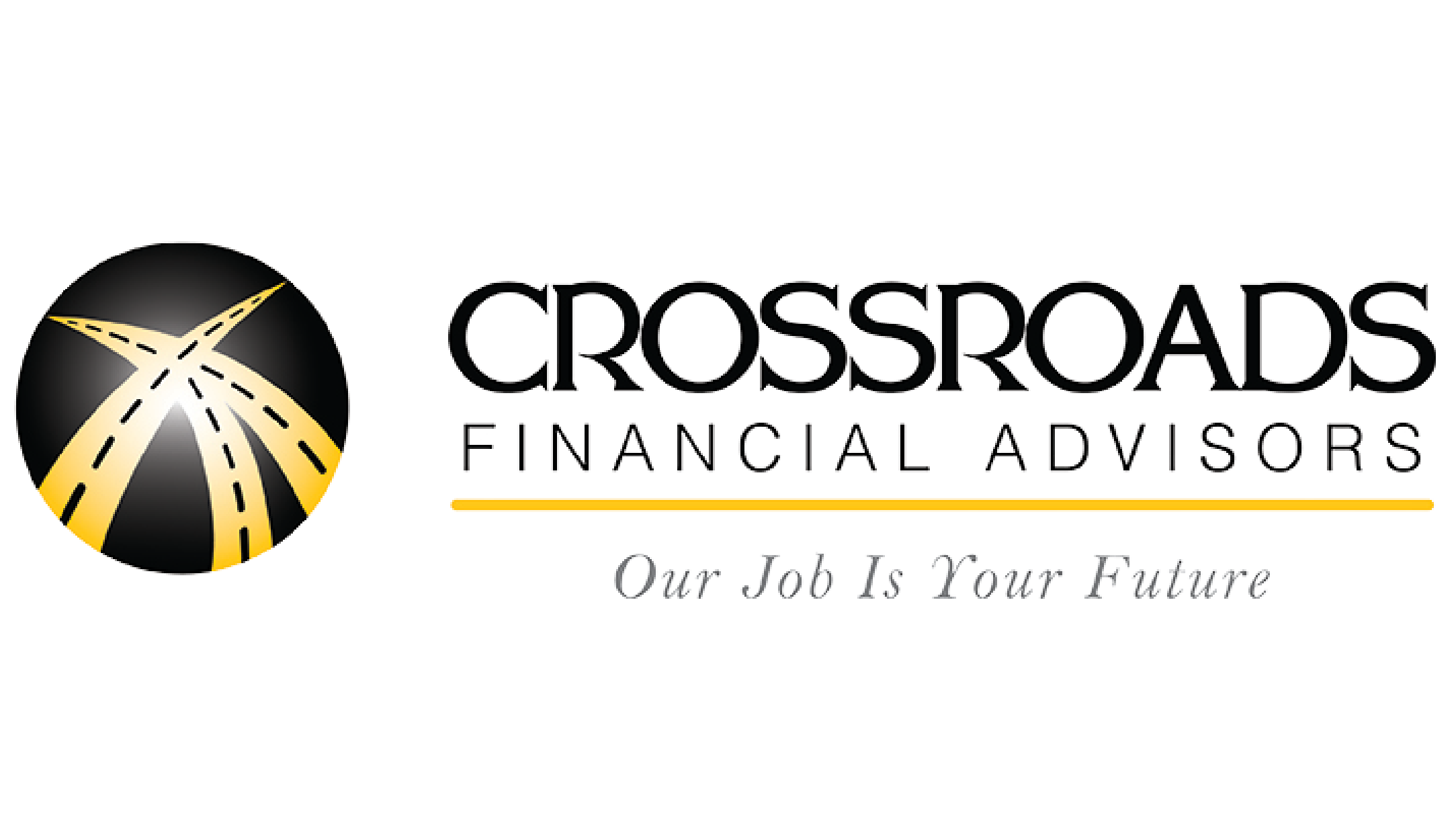The U.S. Department of Agriculture estimates the cost of raising a child to the age of 17 for a middle-income family will be about $285,000. That’s approaching the median value of a new home in the U.S.1,2
If you want to add the cost of education to that number, you can expect to be paying an additional $26,820 a year for the cost of a public four-year in-state university.3
But before you throw your hands up in the air and send junior out looking for a job, you might consider a few strategies to help you prepare for the cost of higher education.
First, take advantage of time. The time value of money is the concept that the money in your pocket today is worth more than the same amount will be worth tomorrow because it has more earning potential. If you put $100 a month toward your child’s college education, after 17 years’ time, you would have saved $20,400. But that same $100 a month would be worth over $32,000 if it had generated a hypothetical 5-percent annual rate of return. The bottom line is: the earlier you start, the more time you give your money the potential to grow.4
Second, don’t panic. Every parent knows the feeling – one minute you’re holding a little miracle in your arms, the next you’re trying to figure out how to pay for braces, piano lessons, and summer camp. You may feel like saving for college is a pipe dream. But remember, many people get some sort of help in the form of financial aid and scholarships. Although it’s difficult to forecast how much help your student may get in aid and scholarships, these tools can provide a valuable supplement to what you have already saved.
Finally, weigh your choices. There are a number of federally and state-sponsored, tax-advantaged college savings programs available. Some offer prepaid tuition plans, and others offer tax-deferred savings. Many such plans are state-sponsored, so the details will vary from one state to the next. A number of private colleges and universities now also offer prepaid tuition plans for their institutions. It pays to do your homework to find the vehicle that may work best for you.5
As a parent, you teach your children to dream big and believe in their ability to overcome any obstacle. By investing wisely, you can help tackle the financial obstacles of funding their higher education – and smooth the way for them to pursue their dreams.
- U.S. Department of Agriculture, 2020 (most recent data available)
2. StLouisFed.org, 2022
3. CollegeBoard.com, 2022
4. The rate of return on investments will vary over time, particularly for longer-term investments. Investments that offer the potential for higher returns also carry a higher degree of risk. Actual results will fluctuate. Past performance does not guarantee future results.
5. The tax implications of education savings programs can vary significantly from state to state, and some plans may provide advantages and benefits exclusively for their residents. Please consult legal or tax professionals for specific information regarding your individual situation. Withdrawals from tax-advantaged education savings programs that are not used for education are subject to ordinary income taxes and may be subject to penalties.
The content is developed from sources believed to be providing accurate information. The information in this material is not intended as tax or legal advice. It may not be used for the purpose of avoiding any federal tax penalties. Please consult legal or tax professionals for specific information regarding your individual situation. This material was developed and produced by FMG Suite to provide information on a topic that may be of interest. FMG Suite is not affiliated with the named broker-dealer, state- or SEC-registered investment advisory firm. The opinions expressed and material provided are for general information, and should not be considered a solicitation for the purchase or sale of any security. Copyright FMG Suite.
